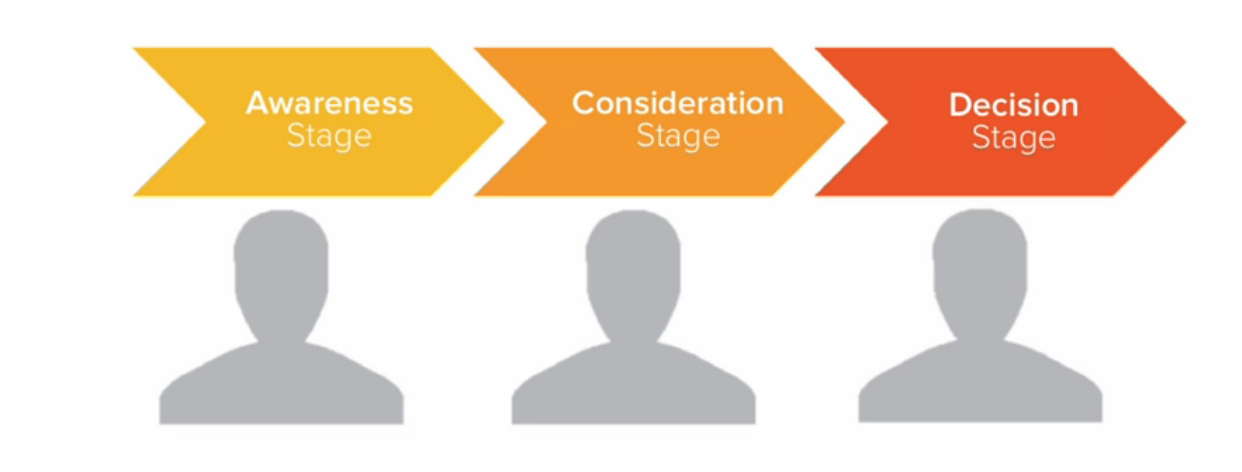Create A Comprehensive Marketing Communications Strategy in 4 Steps
I’m assuming that your business wants to promote awareness of your brand to your target audience. Excellent! That’s the goal of a marketing communications strategy! The sales process starts the moment that your audience gets to know you and you get acquainted with them. Offering your audience a consistent brand experience throughout the sales process lays a solid foundation for better relationships and more sales.
If you desire improved relationships with your target market and more success in sales (which I’m assuming you do!), then create a comprehensive marketing communications strategy. Here are four steps to help you develop your plan and soar to success!
Step #1: Broaden your styles of marketing communications
Your strategy can (and should) include a variety of marketing communications. There are a multitude of options; the more, the merrier!
 Content Marketing: Online content is an essential element that helps your potential buyers connect with you and learn more about your business before they even enter the sales process. Consider blogging, offering premium content, posting videos, engaging in marketing automation and having dynamic website content.
Content Marketing: Online content is an essential element that helps your potential buyers connect with you and learn more about your business before they even enter the sales process. Consider blogging, offering premium content, posting videos, engaging in marketing automation and having dynamic website content.
Social Media: The variety of social media outlets has bridged the gap between your and your customers! It builds relationships, develops brand awareness, and generates website traffic (win!). Combine your social media strategy with email marketing and search engine optimization for an online marketing campaign with exceptional results.
Advertising: Advertising simply means getting your brand in front of the people who are most likely to buy your products/services. Capture the attention of your target audience through social media marketing, pay-per-click ads, and other channels.
Sales Promotions: People go bananas for incentives like bonus offers, limited-time promotions, trial offers, and special discounts. The sense of urgency or the idea of missing out often prompts shoppers to purchase. Sales promotions can help speed up the sales process!
Step #2: Craft a Marketing Communications Strategy
Your marketing communications strategy should support your marketing and sales goals and align with their programs to maintain consistency across the board.
Don’t forget the importance of delivering the right content, to the right people, at the right place, and at the right time. Hone in on your buyer persona with a message that will resonate with them; then intentionally pull them through the buying process.
For example, if Farmer Joe is at the beginning of the buying process, I’m going to send him higher-level information to send him through the sales and marketing funnel. But if Gerry Gardener has done his research and sought out my brand, then I want to offer him more sales-focused communications since he has already gathered enough information at his own pace.
Step #3: Know the decision-making process for your customers.
What makes your idea customer buy your product or service? Why did they buy from you instead of your competitor?
Some customers engage in an extended decision-making process because it takes time to research all of the options and compare/contrast the best picks. There is a lot of pressure to reach the perfect conclusion so you don’t regret your purchase (I’m one of these people!). Others make limited or spontaneous decisions with low levels of involvement (because it’s fun, why not, it’ll be a great story to tell, or it just sounded useful. Those are the answers I often hear from my husband’s impromptu purchases!)
Thankfully there is a basic pattern that most customer decisions follow which could result in a sale:
- Recognize a problem.
- Search for information that relates to the problem.
- Identify products/services that will solve or lessen the problem.
- Choose which alternative to buy.
- Assess the experience after the sale.
Tailor your communications to effectively reach your audience as their progress along the decision making path. Doing so will result in more customers, an improved customer experience, and better testimonials!
Step #4: Implement Your Marketing Communications Strategy
Differentiate your business from the rest by satisfying the needs of your customers and prospects. A customer-focused marketing communications strategy will do just that! Select the methods of communication that most effectively reach your target population, and present all information with a seamless, integrated and consistent message.
Stay Ahead of the Curve
Engage your customers and prospects at all levels of the sales and marketing process and keep your strategy results-driven. Monitor the real-time needs of your clients by focusing on their problems that you are solving. Stay ahead of the curve by finding new, creative, inspiring ways to market your brand.
Expand your styles of communication, know your customers, create a marketing communications strategy and implement that plan to help progress your customers along the marketing and sales funnels, to set yourself apart from your competitors, and to boost the value of your brand!

